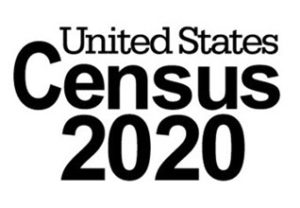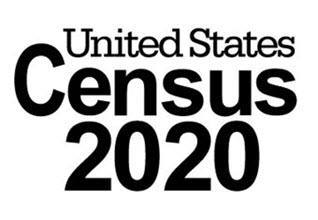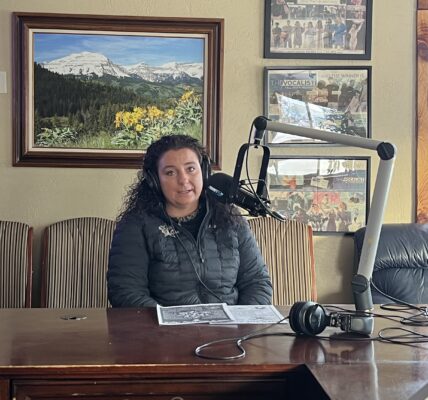◆ Accurate count influences assistance and planning.
By Andrew D. Brosig
Torrington Telegram
Via- Wyoming News Exchange

One of the things the Founding Fathers thought important was a regular, periodic counting of people living in the United States. Thus, the decennial census was born. Once every 10 years, a full measure of the population is taken, and 2020 is no exception.
And those numbers are important, influencing and informing everything from emergency planning to the annual dispersal of federal funding to states, counties, towns and schools.
As of Saturday, 34.5% of households in Wyoming had been counted, lagging behind the national responses at almost 44%, according to information from the website, census.gov.
Goshen County ranked fifth in the state for responses, at 41.6%, with Torrington posting the second greatest number of responses at 50%. Wheatland was third at 48.7%.
New this year, the Census Bureau made it possible for individuals and families to be counted online or over the phone, said Amy Bittner, principal economist at the state’s Economic Analysis Division, the state clearing house agency for questions and answers about the decennial census.
“This is the first time you’ve been able to respond on the internet or by phone,” Bittner said. “Previously, people always filled out a form, a hard copy. If they didn’t return the form, they’d have a census taker show up.”
Adding electronic means to respond to the census has several advantages, she said. It’s both a convenience for people and results in savings to the government.
“It’s never been easier to complete the questionnaire, to be counted in your community,” Bittner said.
Typically, April 1 has been known as “Census Day,” a sort of soft deadline the Census Bureau targeted for responses from residents. People could still respond past Census Day, Bittner said. That was just the cut-off date when the bureau would begin assembling the lists of non-respondents and planning the routes in-person census takers would follow.
“You could always go beyond April 1,” she said. “People didn’t have to respond exactly by April 1. That’s just always been Census Day, the reference day they’ve used.”
But where do people need to be counted? For college students and “snowbirds” – retired individuals who split their time between Wyoming and warmer, southern climes – that’s a question that needs answered.
Generally, the census asks people where they’re living on Census Day, April 1.
College students should be counted where they’re going to school, for example, Bittner said. That April 1 date should be taken as the benchmark for where people are counted, she said.
In previous years, census takers would begin arriving at people’s doorways sometime in mid-May.
This year is different, however, due to the challenges presented by the coronavirus, COVID-19.
The original cutoff date for people to return their forms or complete the form online or by phone was set for July 31. The pandemic and consequent distancing and shelter mandates has pushed that date back to Aug. 14 and other plans – including the census takers’ in-person visits – have been postponed.
New ways to respond to the census aren’t the only changes this year, albeit they were the only planned one.
The coronavirus pandemic has thrown things for a bit of a loop and no one is absolutely certain how it will impact the decennial counting, Bittner said.
“How COVID affects the census in the different states, that’s hard to tell,” she said. “This is unprecedented. 2020 is turning out to be a big year for a lot of things I don’t think anybody anticipated.”
About the only thing that hasn’t changed is the constitutionally-mandated dates for official results, Bittner said.
Counts are due to the White House by Dec. 31, with states receiving breakdowns that will be used in future redistricting decision for state and federal legislative seats due by April 1, 2021.
“Election districts, such as house and senate districts, are decided through the census blocks and population,” said Cindy Kenyon, Goshen County clerk and election director. “The state takes a certain set of rules and the census blocks and they try to make sure certain amounts of people are there to be represented by certain people. It’s very important to maintain equal representation for everyone.”
Redistricting happens two years after the census is completed, Kenyon and Bittner said.
The final counts also influence where, and how much, federal money goes to states and, eventually, local communities, Leticia Dominguez, Goshen County treasurer, said.
“The money that comes in, it goes to everything – the schools, municipalities, the fire departments,” Dominguez said. “Everybody gets a little bit of that.”
But the bottom line is, despite the challenges, those counts are vital, influencing a wide variety of decisions for the next decade.
“There’s so many important things that come about for everyone being counted,” Bittner said. “Probably things people don’t think of.”






